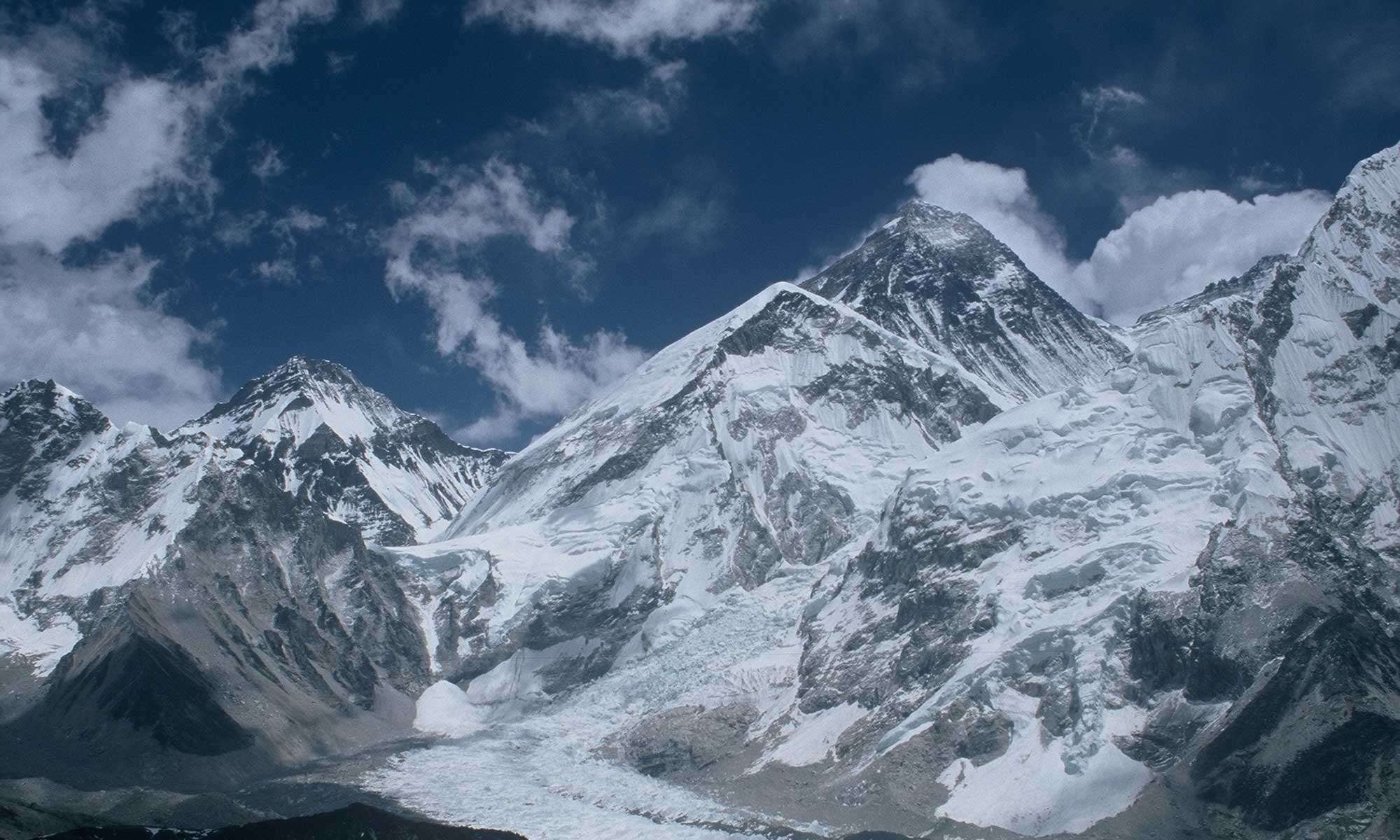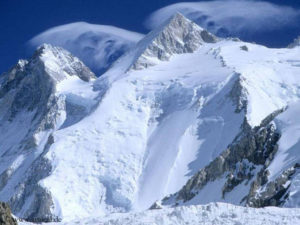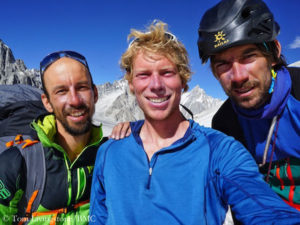About 150 meters below the summit was the end of the line for British Tom Livingstone and Slovenian Ales Cesen on the 7,952-meter-high Gasherbrum III in the Karakoram. “We had to change our original route idea to the north face/ridge due to strong winds,” Tom wrote on Instagram, “but still spent several further days climbing (in snow, buffeting winds and usually wearing all our clothes) to 7800 metres via a new route. Here we were unfortunately dead-ended, and bailed due to the cold, weather, fatigue and lack of reasonable options.”
Rock ‘n’ Roll, Psyche ‘n’ Soul
Like the Czechs Marek Holecek and Radoslav Groh on Masherbrum, 31-year-old Brit Livingstone and 40-year-old Slovenian Cesen thus failed in their attempt to climb a new route on an almost eight-thousander in clean style this summer season. Still, it was great fun, Tom writes, adding that he had “always been intrigued to try and climb a technical route at high altitude”.
“We operated in a small, independent, lightweight, alpine-style team. Rock ‘n’ roll, psyche ‘n’ soul! We hedged our bets, took a chance, but unfortunately it didn’t work out. You need a lot of luck!”
Livingstone and Cesen had caused a sensation in the Karakoram in 2018 when, together with Slovenian Luka Strazar, they succeeded in making only the second ascent of the 7,145-meter-high, extremely difficult Latok I – the first from the north side.
Few attempts and successes
Gasherbrum III is not considered an independent mountain because of its low prominence to the neighboring higher Gasherbrum II, moreover, it is technically demanding. So the number of attempts so far to reach the summit can be counted on one hand.
In 1975, Gasherbrum III was first climbed by a team of Polish climbers via the East Face, including the legendary Wanda Rutkiewicz (she died in 1992 on Kangchenjunga, the third highest mountain on earth, located in Nepal). In 2004, the Basques Alberto Iñurrategui and Jon Beloki repeated the route. In 1985, the Scots Desmond Rubens and Geoffrey Cohen failed in an attempt via the West Ridge at about 7,700 meters.
Junk picked up
Interestingly, Cohen and 37 years later Livingstone are pretty much in agreement in their view of the commercial teams on the neighboring eight-thousanders Gasherbrum I and II. “The circus-like atmosphere of the Gasherbrum Base Camp, the rubbish left by other expeditions and the strains of a busy social life were not the sort of pressures we had been expecting,” Cohen wrote in the American Alpine Journal in 1986. “A major task was tidying up the huge amount of junk left by other expeditions.”
Livingstone echoes a similar sentiment. “It was also eye-opening to see the normal routes of G1 and G2. We saw fixed ropes, oxygen bottles, trash. We saw a different attitude, drugs, ‘assisted power’,” Tom writes. “We know it’s each to their own, and we saw impressive efforts to climb these peaks – and of course the mountains are for everyone. So we said ‘congratulations’ and quietly picked up their junk – then watched as they hurried (or helicoptered) from one mountain to the next.”



